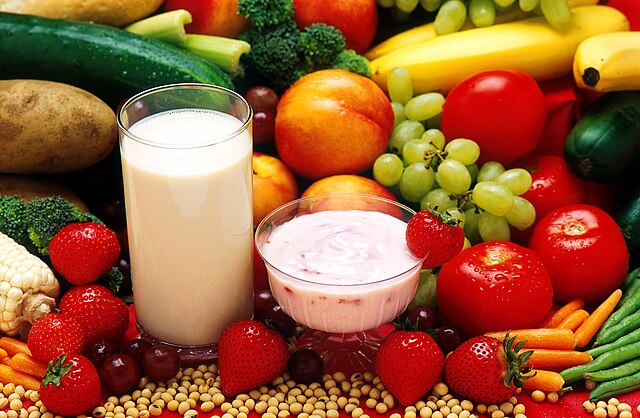Farmers in India are courting sunken prices of essential produce such as onions, urad and soybeans, currently lowest in three seasons.
Internal stocks are contributing somewhat to the decline, with each crop either in excess from imports or low exports.
Onions are currently having low export momentum long after the union government resumed exports to places like the UAE after bans.
India’s onion benchmark market of Lasalgaon in Nashik, Maharashtra cited its selling price early September 2025 the cheapest in three years. This was partly due to low shipments to major buyer Bangladesh in the foregoing half year.
In Pune, Maharashtra, excess arrivals on September 19, 2025 pushed the rates to as low as 500 rupees ($5.64) a quintal.
Comparatively, Punjab in the north was averaging 2,500 rupees ($28.18)/quintal, an indicator of the normal price floor.
Maharashtra’s farmers now fear that ongoing heavy rainfall will facilitate the entry of low quality bulbs and worsen rates.
Pulses, Cotton Hit Hard
Bearish, too, are pulses, whose collective farm gate rates are 10% to 20% below the minimum selling price (msp).
According to iGrain India’s director Rahul Chauhan, yellow pea imports are impacting rates of almost every homegrown pulse.
Australia and Brazil grow pulses like lentils, yellow peas and urad on behalf of India, adding supply pressure.
While Australia has already delivered India’s foreign grown yellow peas, Brazil is cultivating 80,000 tonnes of urad for the subcontinent.
Myanmar, a major exporter of urad to India, currently has the cheapest rates among foreign sources at $785/tonne.
Outside essential produce, plantation crops like cotton are facing their worst price meltdown in 24 months.
Andhra Pradesh in southeast India on September 25 set the 2025-26 procurement price at 8,110 rupees ($91.40) a quintal.
According to the Andhrajyothy news, this rate aligns to a production estimate of 70.12 million tonnes from 40.2 million hectares.
The next all-India step will be a likely governmental mass procurement drive to reduce market pressure through its marketing federations. Below stats in turn show how India has historically overseen produce price fluctuations.
India Essential Produce Prices Statistics
With its huge consumer population, India protects basic purchasing power through minimum selling price (MSP) fixtures. This MSP in turn sets consumer price trends, which can go below or sometimes above it under market forces. The following review shows these averages per year for key consumer produce. All data for the section is from the portal of the government of India.
Maize: in the 2023-24 season, maize wholesale fluctuated within the MSP range of between 1,376 and 2,309 rupees ($15.51-26.02) a quintal in key states.
Paddy rice: this staple sold wholesale at between 1,889 and 3,320 rupees ($21.40) a quintal in key states in the 2023-24 season.
Potatoes: the wholesale prices of the potato crop in the 2023-24 season fluctuated from 1744 to 2628 rupees ($19.65-29.62) a quintal in key states.
Soyabean: raw soyabeans averaged 3,908-7,190 rupees ($44.04-81.03) a quintal in the 2020-21 season, across key states.
Tur or Arhar: this pulse sold at between 5,902 and 15,502 rupees ($66.52-174) a quintal between 2020 and 2024, in key states.
Gram: the selling price averaged 5,587 rupees per quintal ($62.97) in the 2023-24 season across India.
Chilli and ginger: while chilli averaged 16,450 rupees ($185.40)/quintal in the 2023-24 season, ginger sold at 19,233 rupees ($216.8).
